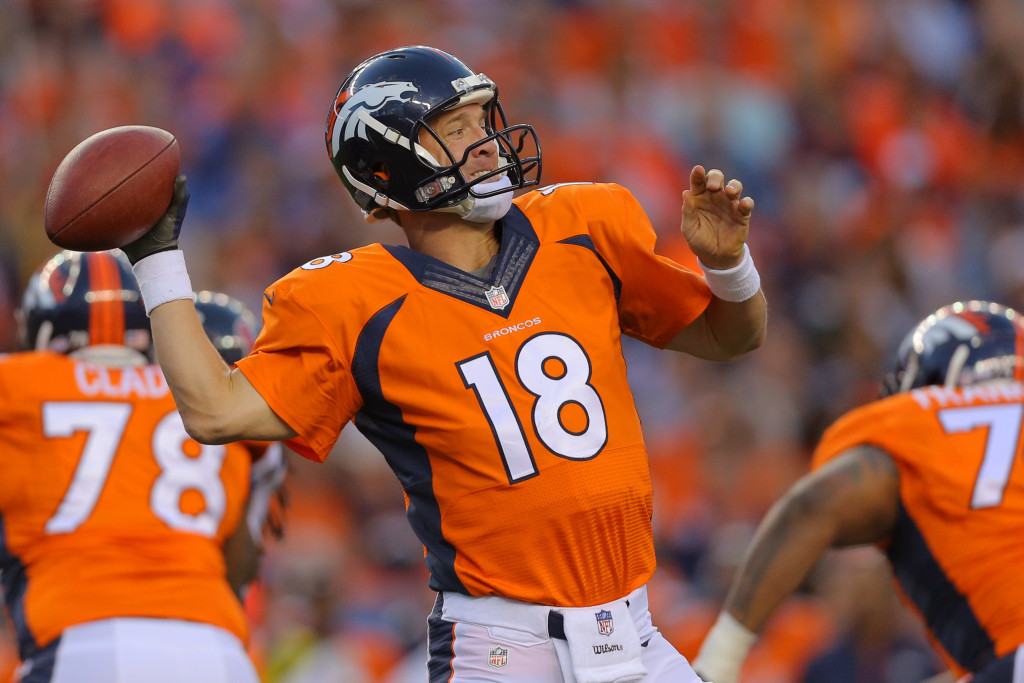Through two games of the regular season, the Broncos just didn’t look like themselves. Sure, their defense seemed vastly improved: with the addition of Wade Philips and fewer injuries than in years past, they’re leading the league on that side of the ball. But the Broncos’ offense was as alarming as the defense was exciting. Peyton Manning, at nearly 40, looked positively uncomfortable under center. He passed for just in their first game against Baltimore, and he failed to throw a single touchdown pass.
Halfway through their second game, Denver started to figure things out. Head coach Gary Kubiak adjusted his offense and allowed Manning to take snaps out of the shotgun formation. Then, in game three, the breakthrough came: Denver used the pistol (or shotgun) formation on the overwhelming majority of plays, and Manning’s offense roared to life, with a touchdown pass to Demaryius Thomas highlighting an excellent all-around game. So what does the change to the pistol mean, and how does it help the Broncos?
Understanding the pistol formation
Traditionally, quarterbacks line up right behind the center, who snaps the ball directly into their hands. But there’s another common formation, called the shotgun, in which the quarterback lines up seven yards back and catches the snap from there.
The pistol is just a shorter version of the shotgun (hence the name). In the pistol, the quarterback lines up five yards behind the line of scrimmage instead of the full seven.
To continue reading this article by Joe Messineo at No Coast Bias, click here.




